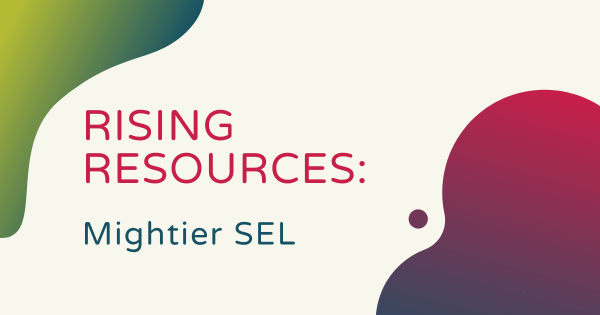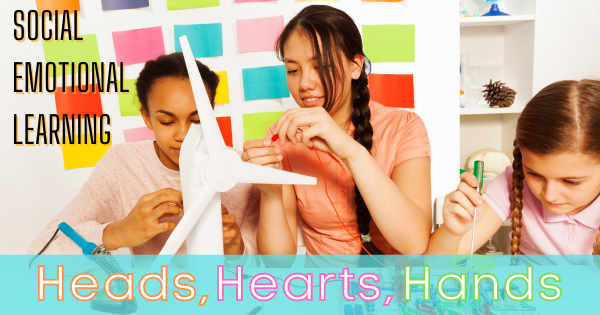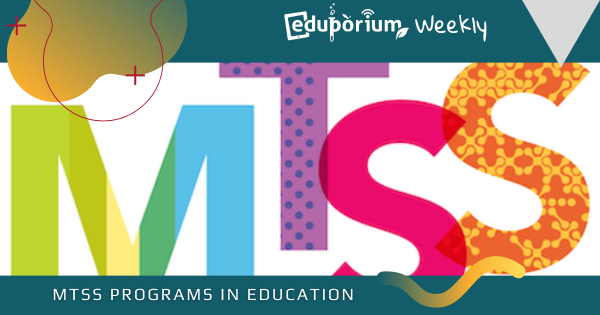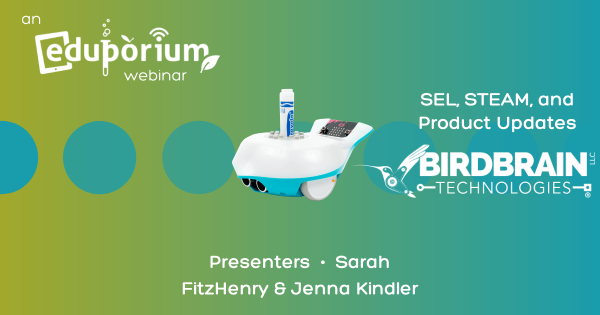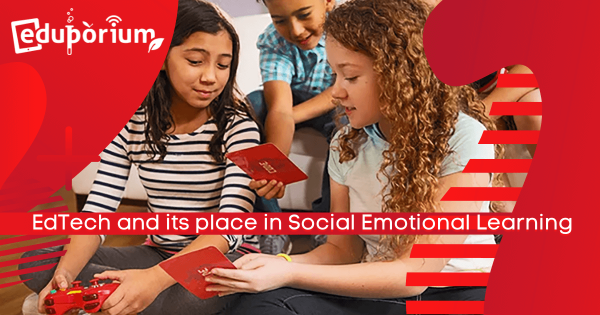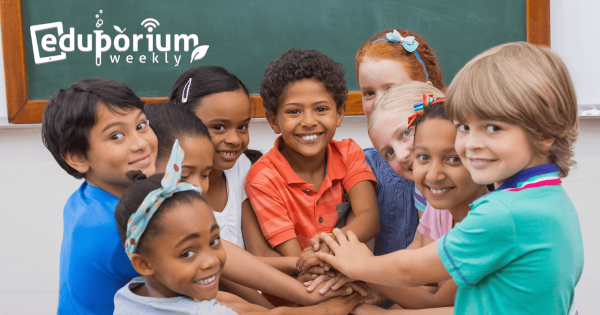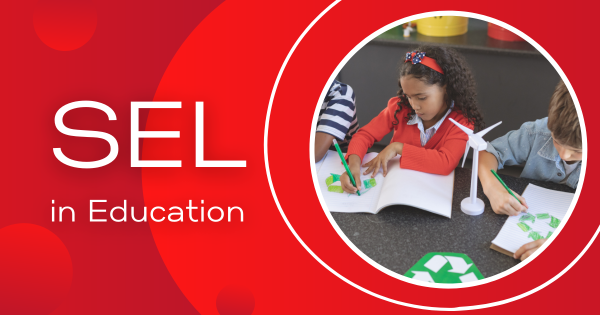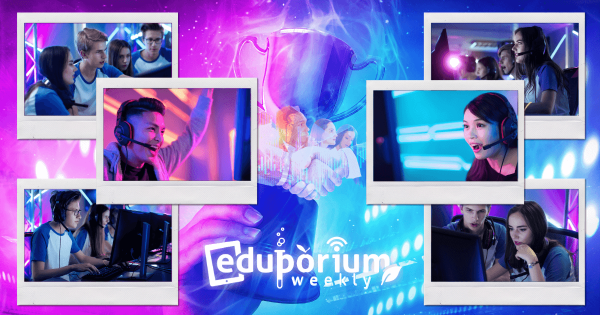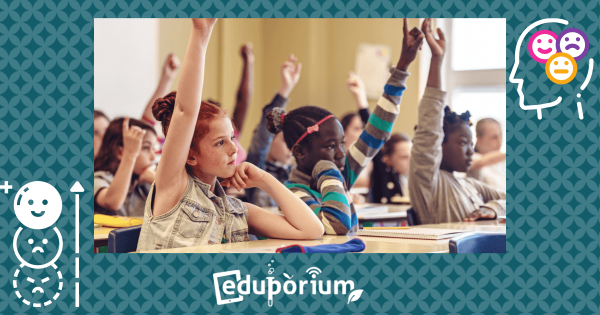Mightier is ideal for students who are between six and 12 years old since it helps them learn to identify why certain behaviors are harmful, how to best avoid them, and how to manage their feelings. Children can use Mightier in or out of the classroom and they typically start to show improvements with emotional behavior and managing reactions within
Social–Emotional Learning
-
Social-Emotional Learning And MakerEd: Head, Heart, Hands
MakerEd is a technological and creative learning revolution that centers on a pedagogy designed to help children bolster significant skills like decision making, responsibility, relationship management, community engagement, creative thinking, problem solving, teamwork, and more through hands-on projects that create connections between their heads, hearts, and hands. -
Eduporium Weekly | Using MTSS Programs In Education
A multi-tiered system of support is an instructional framework that involves three separate tiers. These students will receive instruction and support on a much more general scale in the first tier and then this attention increases in personalization as needed. Simultaneously, instructors use the data and assessments they create to inform what each child needs at each phase. -
Video: Finch 2.0, Hummingbird, And SEL Webinar
If you haven’t seen the full broadcast or you want to revisit some of the key topics we covered in the presentation, the full replay is still available. Some of the highlights include how the BirdBrain materials align to standards and offer a low floor and high ceiling for STEM education. As for leveraging the robots in SEL, we also -
EdTech And Social-Emotional Learning
With classroom SEL practices come key opportunities for students to learn some of the most significant social-emotional skills for the future, including self-awareness, goal setting, and social awareness. And, if more educators learn to seamlessly integrate EdTech tools in SEL instruction, they can help to unlock new benefits and expand how SEL impacts kids’ development. -
Eduporium Weekly | Teaching Empathy In The Classroom
Particularly since the pandemic began, educational leaders and classroom teachers have had to rethink a lot of their instructional strategies. And, one of the biggest focus areas has been around SEL and ensuring all students feel comfortable expressing their thoughts among their peers—something that’s done a lot to bring conversations about empathy into the classroom. -
Using EdTech To Teach SEL And Communication Skills
Although the pandemic caused setbacks in SEL and communication skills, students are often using EdTech to revitalize some of that lost learning. By working as teams to build a circuit or practicing conversations with robots, students foster communication skills that can prepare them for their future. And, they can even communicate in alternative ways through art or music. -
8 SEL Skills Students Develop Through Hands-On Learning
When educators can work to simultaneously engage their students’ heads, hearts, and hands in projects—something they could really accelerate with MakerEd tools—they often develop vital SEL skills more quickly while also preparing for future careers. So, what are these key social-emotional skills and what are some of the ways in which educators can teach them? -
Eduporium Weekly | Esports And SEL
The appeal of esports in education is not declining in all likelihood. Beyond the opportunities esports participation creates for students, they also have new chances to compete, experience being part of a team, and even work on developing genuine career skills. They can also develop soft skills while competing, which commonly accelerates social-emotional development. -
SEL And Equity: Truly Teaching Today's Students
With SEL in the classroom, ensuring that every student feels heard, valued, respected, and advocated for are each among the biggest drivers as we all aim to collectively increase equity in education. When teachers meet these conditions, kids often feel more comfortable in their learning environments, which can spark added achievement when their emotional state is strong.




